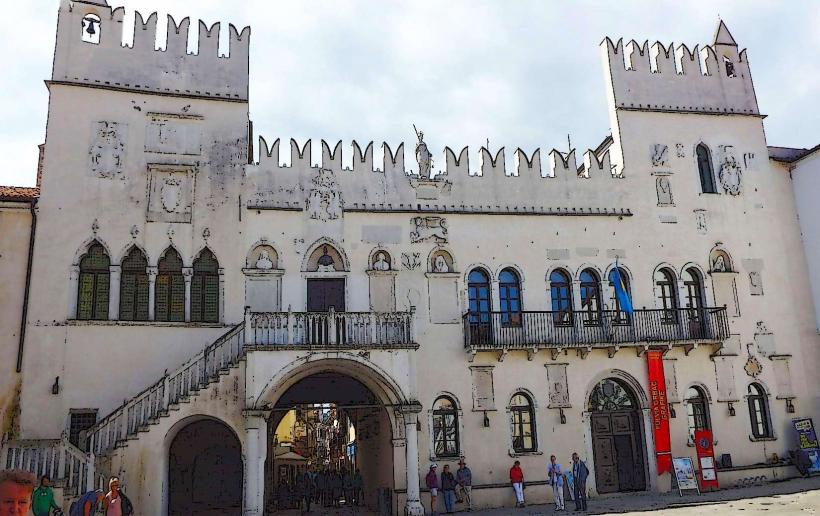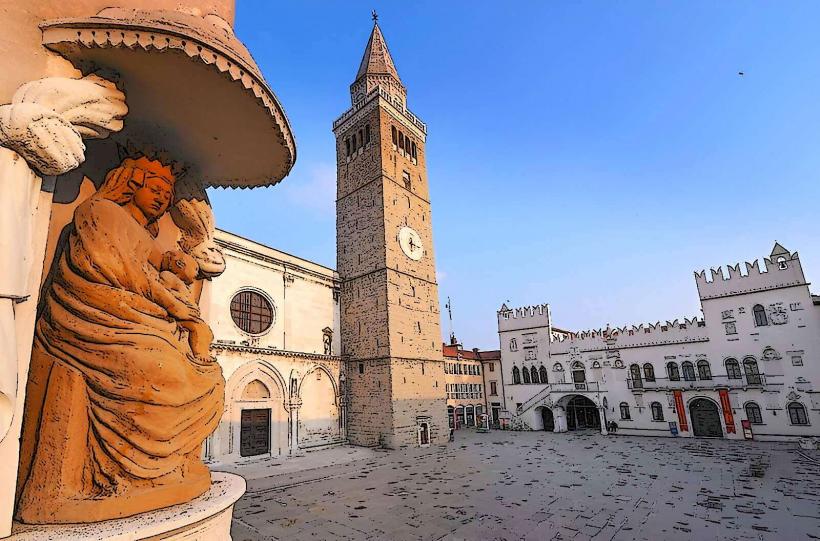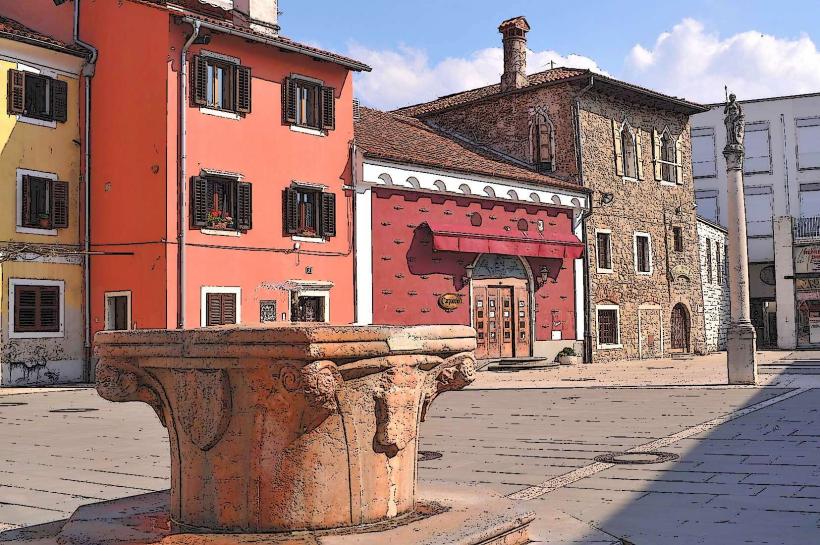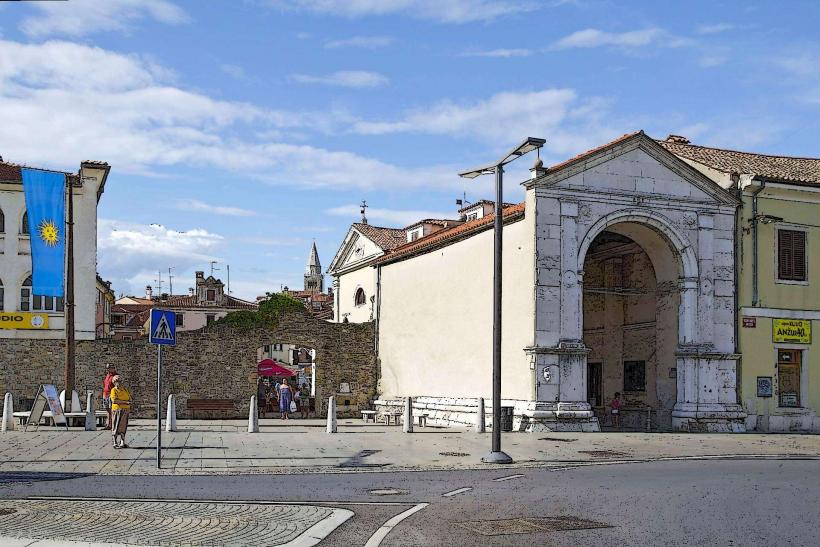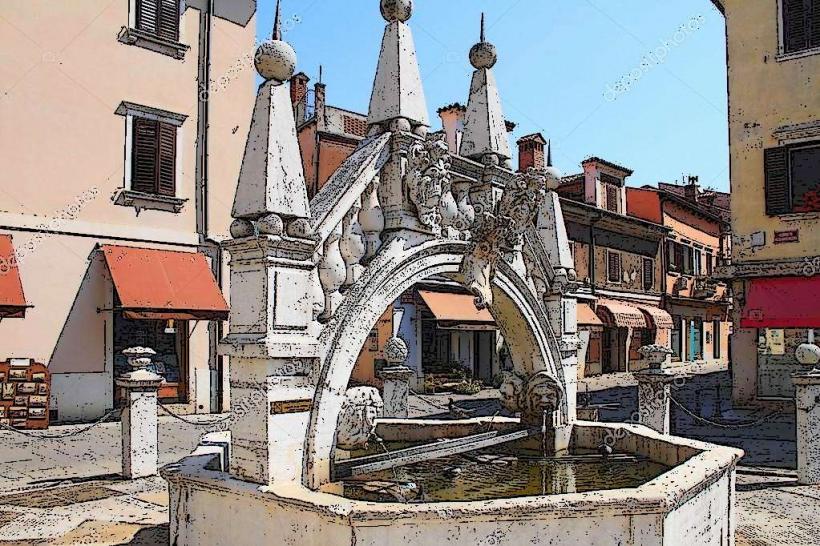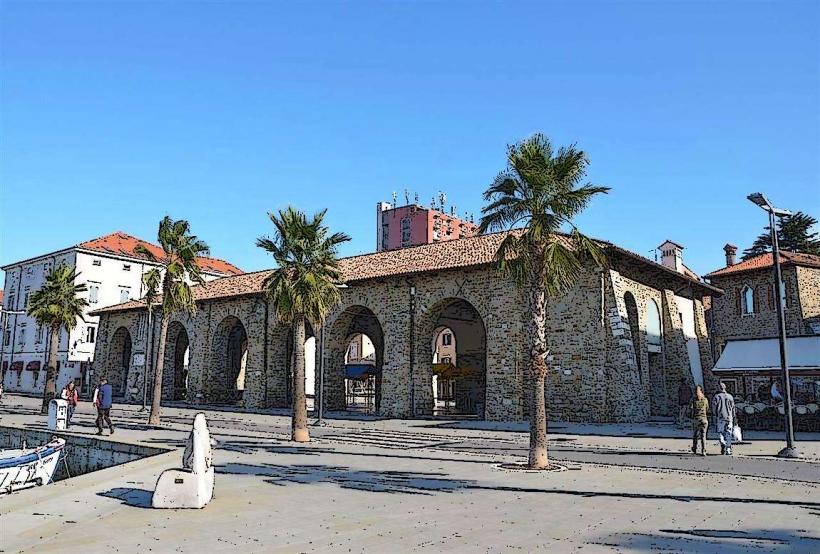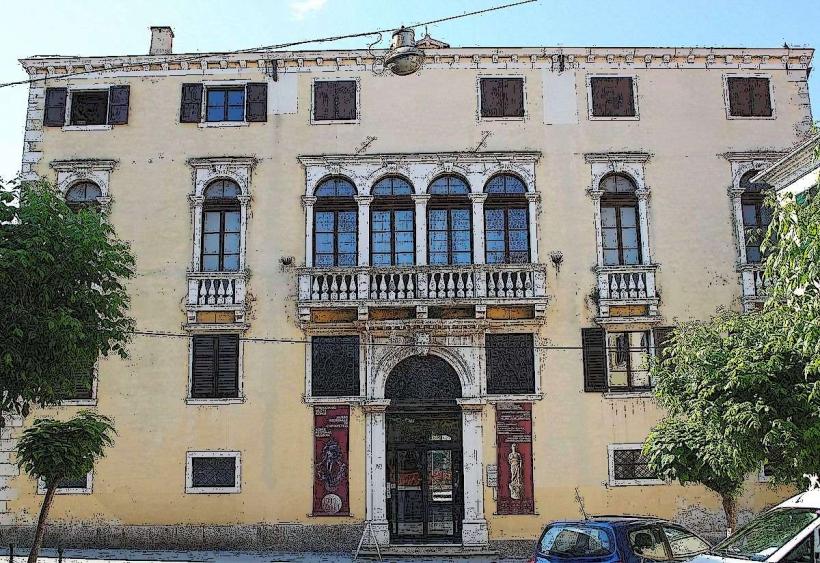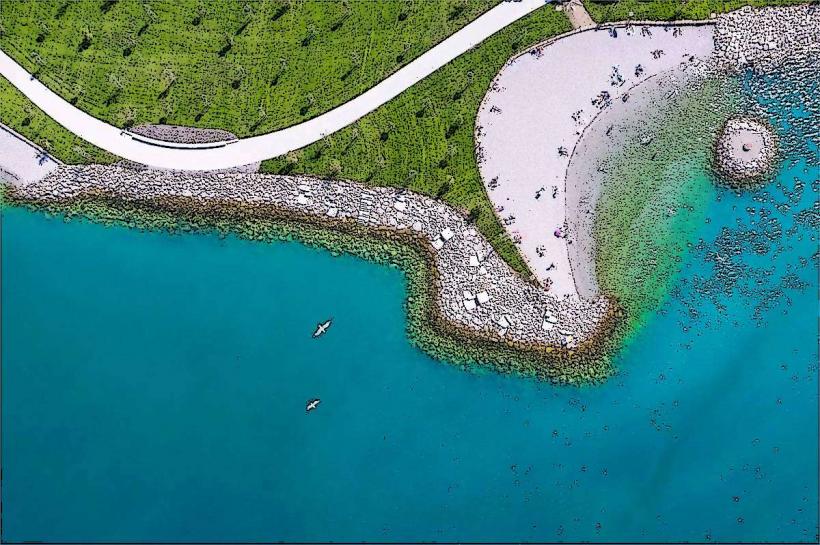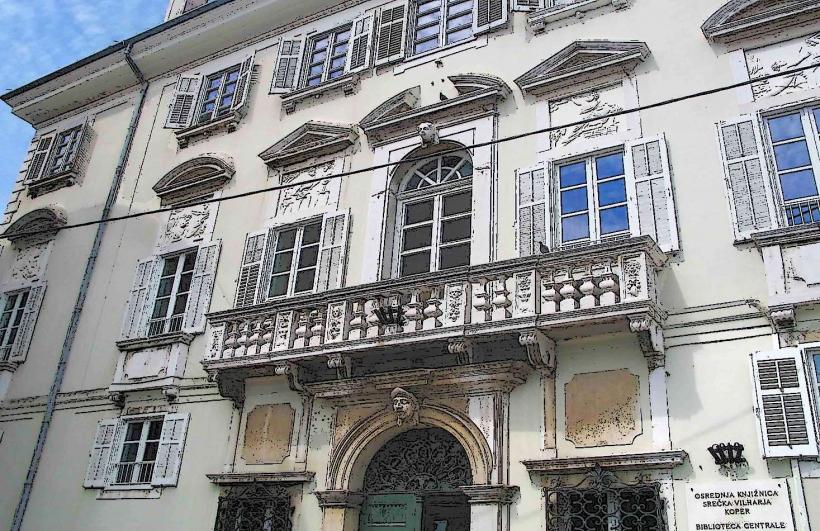Information
Landmark: Koper CathedralCity: Koper
Country: Slovenia
Continent: Europe
The Koper Cathedral (Slovene: Koperška katedrala), officially known as the Cathedral of the Assumption of the Virgin Mary (Slovene: Katedrala Marijinega vnebovzetja), is one of the most significant religious and architectural landmarks in Koper, Slovenia. Located in the heart of the city, the cathedral is a stunning example of Romanesque and Gothic architecture and holds a prominent place in the cultural and spiritual life of the region.
Overview
- Name: Koper Cathedral (Cathedral of the Assumption of the Virgin Mary)
- Location: Titov trg, Koper, Slovenia
- Established: Late 12th century (original foundation), with significant modifications over the centuries
- Architectural Style: Predominantly Romanesque, with Gothic and Baroque influences
- Status: Cathedral of the Diocese of Koper
- Patron Saint: The Assumption of the Virgin Mary
Historical Background
Early Beginnings:
- The cathedral was originally built in the 12th century, during a time when Koper was part of the Venetian Republic.
- Its construction was closely linked to the rise of Koper as an important port city on the Adriatic Sea.
Romanesque Foundations:
- The initial structure was designed in the Romanesque style, which is evident in the broad, simple lines and arched openings. The cathedral was meant to reflect the importance of Koper as a religious and commercial center.
Gothic Additions:
- In the 14th century, the cathedral was expanded and remodeled in the Gothic style, which is most noticeable in the vaulted ceilings and the design of the main altar.
- The bell tower, which stands as one of the city’s landmarks, was added during this period.
Baroque Modifications:
- Baroque influences can be seen in the later alterations, especially in the interior decoration.
- The high altar and the ornate pulpit were enhanced with intricate Baroque elements in the 17th century.
Modern Times:
- The cathedral has undergone restoration and preservation work, particularly after earthquakes and other natural events. It continues to serve as a place of worship and a key cultural site.
Architecture
Exterior:
- The facade of the cathedral is an impressive example of Romanesque architecture, with a massive portal and semi-circular arches.
- The bell tower, which is 54 meters tall, is one of the most recognizable features of the cathedral and the Koper skyline. The tower originally functioned as a watchtower before becoming part of the cathedral complex.
Bell Tower:
- The bell tower houses several bells, including the largest bell in the Koper region.
- Visitors can climb the tower for a panoramic view of Koper and the surrounding area.
Interior:
- The cathedral’s interior is divided into three naves, with the main nave featuring a wooden ceiling and Gothic arches.
- The altar is a significant feature, with Baroque influences, and the pulpit showcases intricate carvings.
Religious Art:
- Inside, the cathedral holds many religious artworks, including frescoes and paintings from various periods. The 13th-century frescoes in the apse are particularly noteworthy.
- The main altar is a masterpiece of Baroque art, decorated with golden details and fine sculptures.
Cultural and Religious Significance
- The cathedral is an important religious site for the city and the Diocese of Koper, hosting regular mass services, special liturgical events, and other religious functions.
- As a cultural monument, the cathedral plays a vital role in the city’s identity, attracting both pilgrims and tourists who come to admire its art, architecture, and history.
Visitor Information
- Address: Titov trg, Koper, Slovenia
- Opening Hours:
- The cathedral is generally open daily, though access may be limited during mass or special religious ceremonies.
- Check locally or on the Diocese of Koper's website for updated hours.
- Admission:
- Entry is typically free; however, donations for preservation work are encouraged.
- There may be a small fee for climbing the bell tower.
Nearby Attractions
- Tito Square (Titov trg): The square in front of the cathedral, a central meeting place in Koper, surrounded by historical buildings and cafes.
- Koper Regional Museum: Located nearby, the museum offers insights into the city’s rich history and cultural heritage.
- Praetorian Palace: A Renaissance-era palace that now houses the local government and a cultural center.
- Muda Gate: A preserved medieval city gate near the cathedral.
Tips for Visitors
- Explore the Bell Tower: For a small fee, you can climb the bell tower for one of the best views in Koper.
- Attend Mass: If you have time, attending a mass can give you a deeper appreciation of the cathedral’s role in local life.
- Photography: The exterior of the cathedral is particularly photogenic, especially at sunrise or sunset.
Conclusion
The Koper Cathedral is not only a religious and architectural treasure but also a testament to the city’s historical significance in the region. With its blend of Romanesque, Gothic, and Baroque elements, it offers a rich experience for visitors interested in history, art, and spirituality. Whether you’re admiring the tower’s views or exploring the interior’s sacred beauty, the cathedral is a must-see landmark in Koper.

